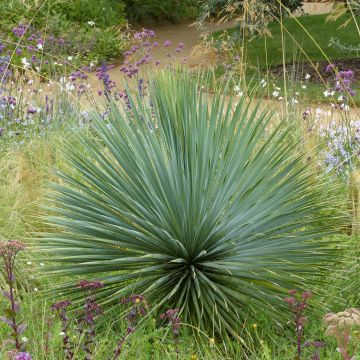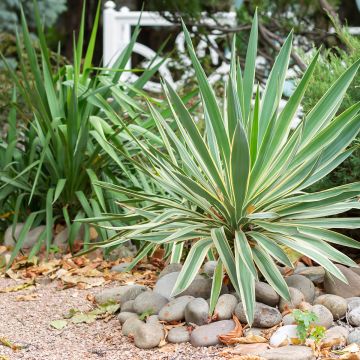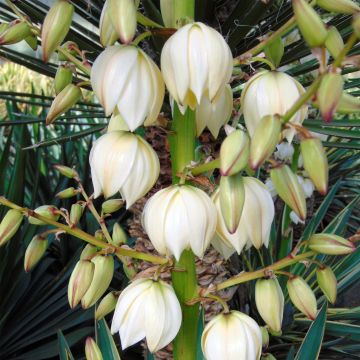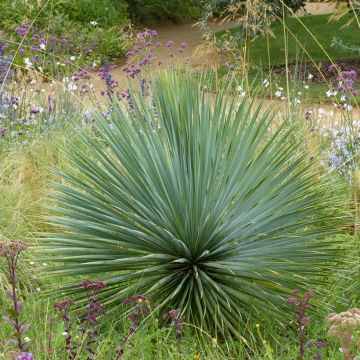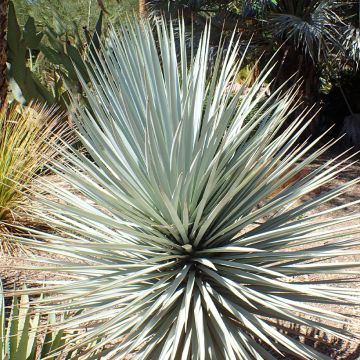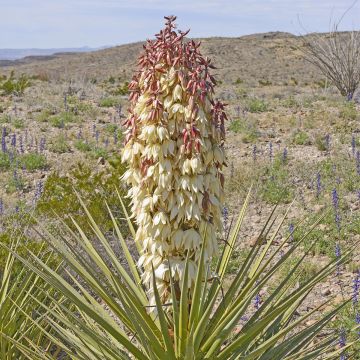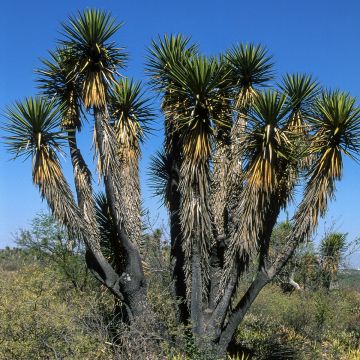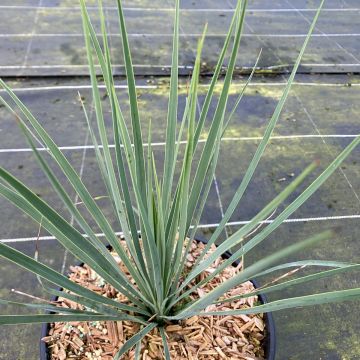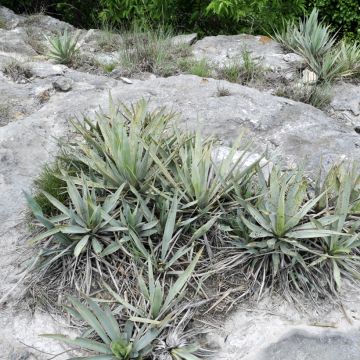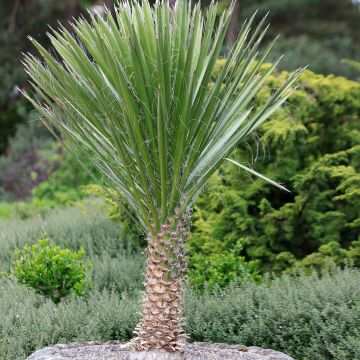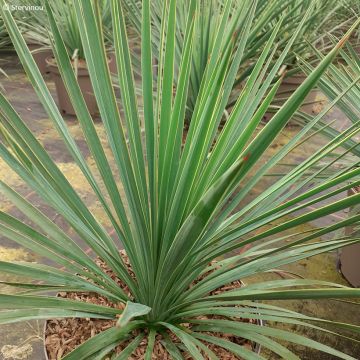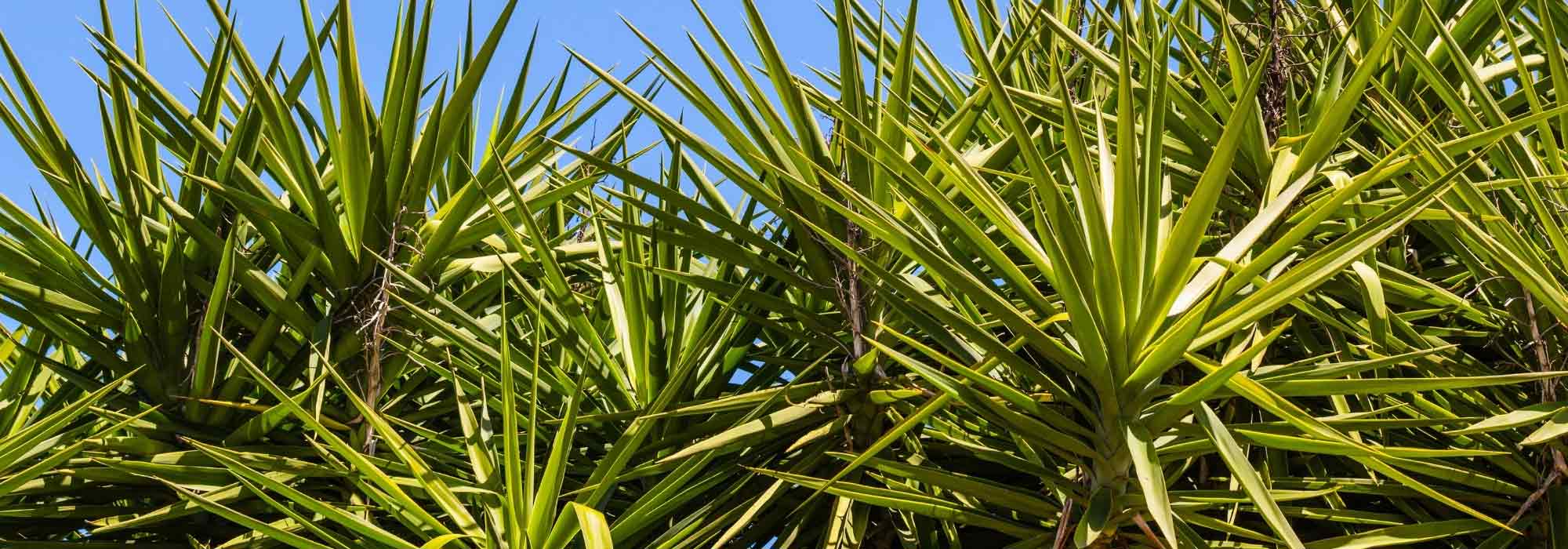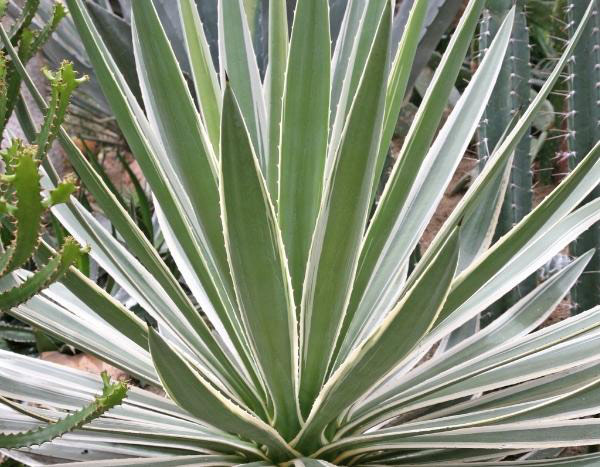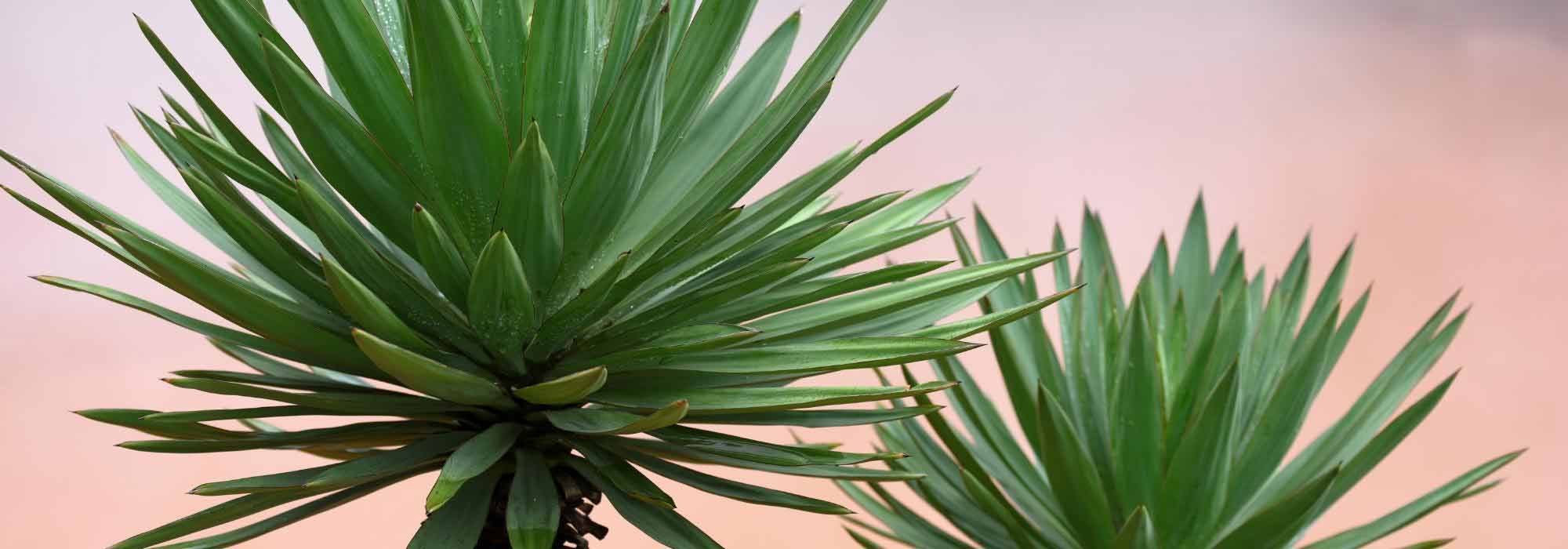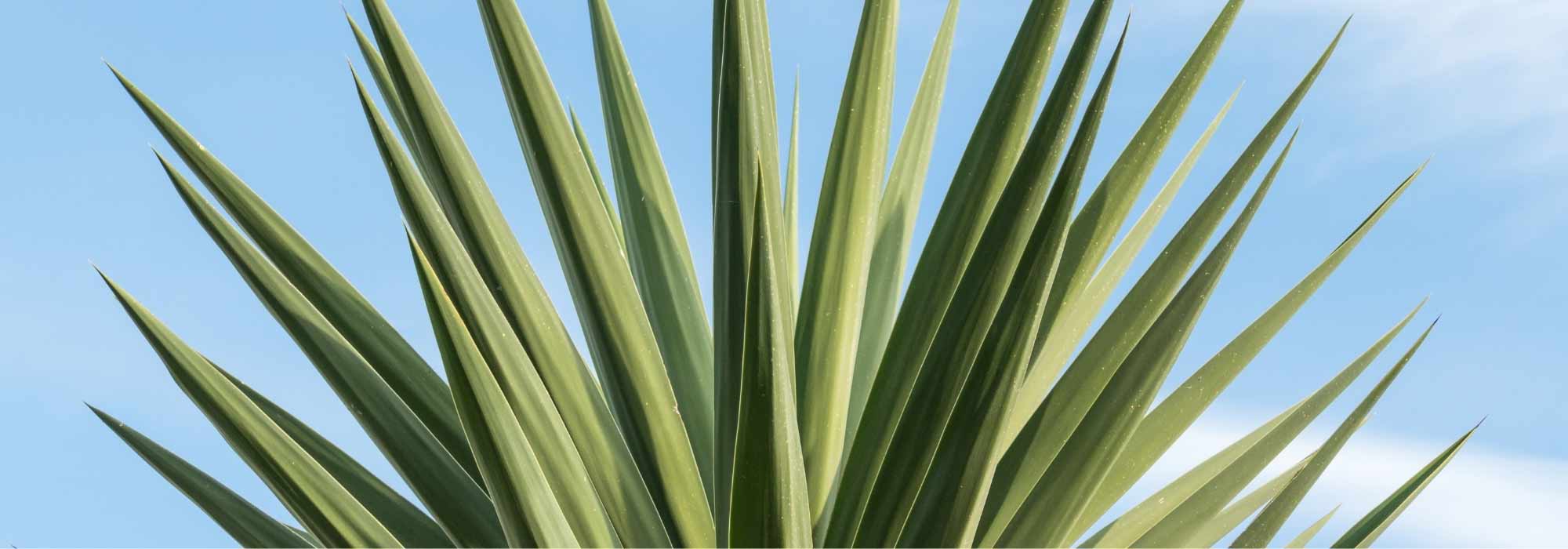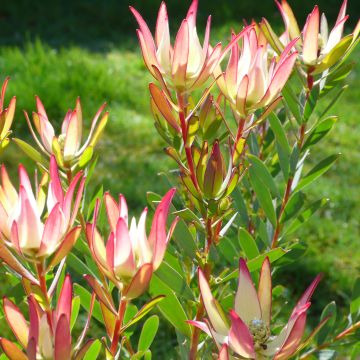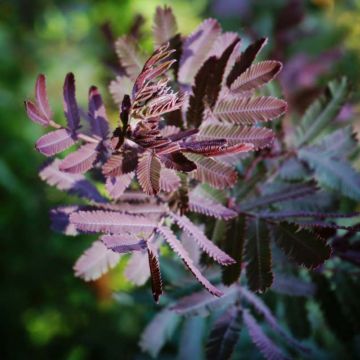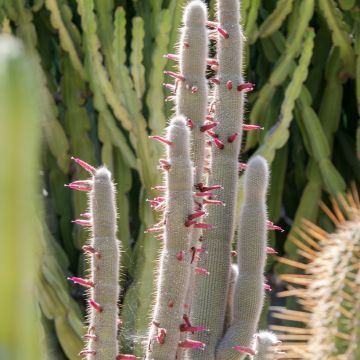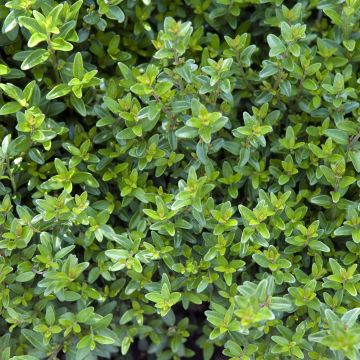

Yucca linearifolia


Yucca linearifolia


Yucca linearifolia


Yucca linearifolia
Yucca linearifolia
Yucca linearifolia
Special offer!
Receive a €20 voucher for any order over €90 (excluding delivery costs, credit notes, and plastic-free options)!
1- Add your favorite plants to your cart.
2- Once you have reached €90, confirm your order (you can even choose the delivery date!).
3- As soon as your order is shipped, you will receive an email containing your voucher code, valid for 3 months (90 days).
Your voucher is unique and can only be used once, for any order with a minimum value of €20, excluding delivery costs.
Can be combined with other current offers, non-divisible and non-refundable.
Why not try an alternative variety in stock?
View all →This plant carries a 24 months recovery warranty
More information
We guarantee the quality of our plants for a full growing cycle, and will replace at our expense any plant that fails to recover under normal climatic and planting conditions.
Would this plant suit my garden?
Set up your Plantfit profile →
Description
Yucca linearifolia is a tree-like yucca species that will stand out in a dry garden or large rockery, in a not-too-cold climate. Over several years, the plant forms one or several trunks topped with a ball of very fine, rigid, bluish-green leaves, turning bluer in summer. It will thrive in full sun in perfectly drained soil. In cold and damp climates, it can be grown in a large pot for easier sheltering.
Yucca linearifolia, the Linear-leaved Yucca, is a tree-like plant native to the Chihuahuan Desert, in the Mexican states of Coahuila and Nuevo León. Closely related to Yucca rostrata, it differs by its slightly faster growth and better tolerance to winter moisture. Hardy down to -12°C in well-drained soil, it also withstands summer drought exceptionally well. It belongs to the Asparagaceae family. In its early years, Yucca linearifolia forms a shaggy, very dense ball made up of fine, long, toothed leaves, rigid but not overly sharp. After several years, it develops a trunk up to 2m tall, capable of branching, covered with a 'skirt' of dry leaves. The foliage is clustered in a large spherical, 1m to 1.20m diameter crown, composed of numerous leaves. These are initially bluish-green, then distinctly blue due to the wax coating covering them. They measure 40 to 60cm in length and 5 to 7mm in width. The ornamental flowering occurs from May to July on mature plants. It takes the form of an erect flower spike that may sometimes lean slightly. The lowest flowers sit at the level of the leaf crown, while most rise above it. The rounded or elongated inflorescence reaches up to 80cm in length. It often has a "two-tiered" appearance, with a small cluster of flowers at the top of the main panicle, which is a notable feature. When watered during summer, this Yucca shows slightly faster growth.
The Linear-leaved Yucca requires plenty of sun and well-draining soil, preferably poor and dry in both winter and summer. A true living sculpture, it structures space and draws the eye. It naturally fits into a dry, contemporary, or desert-inspired garden. Planted alone, it is majestic, but it gains even more character when integrated into a plant composition. To enhance its desert appeal, pair it with Dasylirion wheeleri or Agave ovatifolia. For a more natural and wild effect, surround it with Muhlenbergia capillaris, a grass with airy pink spikes that softens its rigid appearance. Placed on a gravel bed or in a large rockery, this yucca also fits perfectly into a minimalist border where it interacts with time-worn stones and hardy cacti.
Yucca linearifolia in pictures




Plant habit
Flowering
Foliage
Botanical data
Yucca
linearifolia
Asparagaceae
North America
Other Yucca
View all →Planting and care
Plant Yucca linearifolia in spring, in a very sunny and sheltered position if your garden is in a borderline hardiness zone. A mature specimen will withstand brief frosts of around -12°C if the soil is dry. Its growth is slow, boosted by generous but infrequent watering in summer and fertile soil. In Mediterranean climates, autumn planting is preferable. This plant dislikes heavy clay soils and moisture, especially when combined with severe cold: plant it in well-drained soil, ideally in a large rockery, a raised bed enriched with gravel, or a rocky slope. However, it is not fussy about soil pH, which can be slightly acidic, sandy, stony, loamy, or chalky. This Yucca tolerates poor soil, but its growth will be slightly faster in moderately fertile soil. Monitor watering during the first two years, particularly in hot, dry periods. Remove spent flower stems.
Your Yucca looks superb but isn’t flowering? It’s likely too young or has only been planted in your garden for 3 or 4 years. This plant takes time to establish and only flowers after several years. Subsequently, depending on sunlight and climate, it will flower annually or every two to three years.
Fertilisation in yuccas:
In their native habitats, Yucca flowers are pollinated exclusively by a few species of tiny, primitive moths lacking proboscises, which live in symbiosis with the plant, such as Prodoxus. The female moths carry pollen grains from one flower to the pistil of another. They lay a few eggs at the base of the flower, and the young caterpillars feed on some of the seeds. Since Prodoxus moths are not part of our fauna, most yuccas grown in our gardens never produce fruit. Only Yucca aloifolia is capable of doing so because its pollination does not depend on these micro-moths.
Planting period
Intended location
Care
Planting & care advice
This item has not been reviewed yet - be the first to leave a review about it.
Similar products
Haven't found what you were looking for?
Hardiness is the lowest winter temperature a plant can endure without suffering serious damage or even dying. However, hardiness is affected by location (a sheltered area, such as a patio), protection (winter cover) and soil type (hardiness is improved by well-drained soil).

Photo Sharing Terms & Conditions
In order to encourage gardeners to interact and share their experiences, Promesse de fleurs offers various media enabling content to be uploaded onto its Site - in particular via the ‘Photo sharing’ module.
The User agrees to refrain from:
- Posting any content that is illegal, prejudicial, insulting, racist, inciteful to hatred, revisionist, contrary to public decency, that infringes on privacy or on the privacy rights of third parties, in particular the publicity rights of persons and goods, intellectual property rights, or the right to privacy.
- Submitting content on behalf of a third party;
- Impersonate the identity of a third party and/or publish any personal information about a third party;
In general, the User undertakes to refrain from any unethical behaviour.
All Content (in particular text, comments, files, images, photos, videos, creative works, etc.), which may be subject to property or intellectual property rights, image or other private rights, shall remain the property of the User, subject to the limited rights granted by the terms of the licence granted by Promesse de fleurs as stated below. Users are at liberty to publish or not to publish such Content on the Site, notably via the ‘Photo Sharing’ facility, and accept that this Content shall be made public and freely accessible, notably on the Internet.
Users further acknowledge, undertake to have ,and guarantee that they hold all necessary rights and permissions to publish such material on the Site, in particular with regard to the legislation in force pertaining to any privacy, property, intellectual property, image, or contractual rights, or rights of any other nature. By publishing such Content on the Site, Users acknowledge accepting full liability as publishers of the Content within the meaning of the law, and grant Promesse de fleurs, free of charge, an inclusive, worldwide licence for the said Content for the entire duration of its publication, including all reproduction, representation, up/downloading, displaying, performing, transmission, and storage rights.
Users also grant permission for their name to be linked to the Content and accept that this link may not always be made available.
By engaging in posting material, Users consent to their Content becoming automatically accessible on the Internet, in particular on other sites and/or blogs and/or web pages of the Promesse de fleurs site, including in particular social pages and the Promesse de fleurs catalogue.
Users may secure the removal of entrusted content free of charge by issuing a simple request via our contact form.
The flowering period indicated on our website applies to countries and regions located in USDA zone 8 (France, the United Kingdom, Ireland, the Netherlands, etc.)
It will vary according to where you live:
- In zones 9 to 10 (Italy, Spain, Greece, etc.), flowering will occur about 2 to 4 weeks earlier.
- In zones 6 to 7 (Germany, Poland, Slovenia, and lower mountainous regions), flowering will be delayed by 2 to 3 weeks.
- In zone 5 (Central Europe, Scandinavia), blooming will be delayed by 3 to 5 weeks.
In temperate climates, pruning of spring-flowering shrubs (forsythia, spireas, etc.) should be done just after flowering.
Pruning of summer-flowering shrubs (Indian Lilac, Perovskia, etc.) can be done in winter or spring.
In cold regions as well as with frost-sensitive plants, avoid pruning too early when severe frosts may still occur.
The planting period indicated on our website applies to countries and regions located in USDA zone 8 (France, United Kingdom, Ireland, Netherlands).
It will vary according to where you live:
- In Mediterranean zones (Marseille, Madrid, Milan, etc.), autumn and winter are the best planting periods.
- In continental zones (Strasbourg, Munich, Vienna, etc.), delay planting by 2 to 3 weeks in spring and bring it forward by 2 to 4 weeks in autumn.
- In mountainous regions (the Alps, Pyrenees, Carpathians, etc.), it is best to plant in late spring (May-June) or late summer (August-September).
The harvesting period indicated on our website applies to countries and regions in USDA zone 8 (France, England, Ireland, the Netherlands).
In colder areas (Scandinavia, Poland, Austria...) fruit and vegetable harvests are likely to be delayed by 3-4 weeks.
In warmer areas (Italy, Spain, Greece, etc.), harvesting will probably take place earlier, depending on weather conditions.
The sowing periods indicated on our website apply to countries and regions within USDA Zone 8 (France, UK, Ireland, Netherlands).
In colder areas (Scandinavia, Poland, Austria...), delay any outdoor sowing by 3-4 weeks, or sow under glass.
In warmer climes (Italy, Spain, Greece, etc.), bring outdoor sowing forward by a few weeks.






























